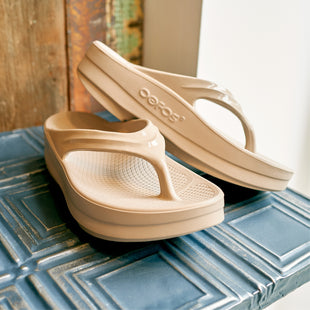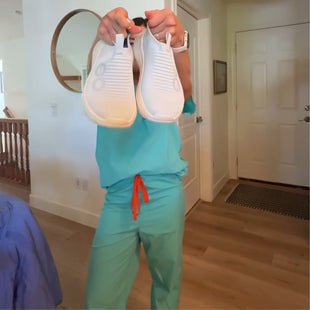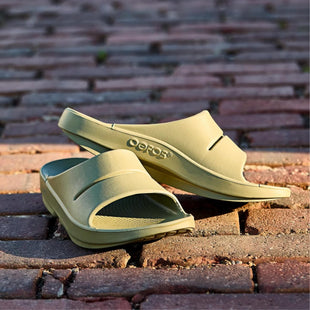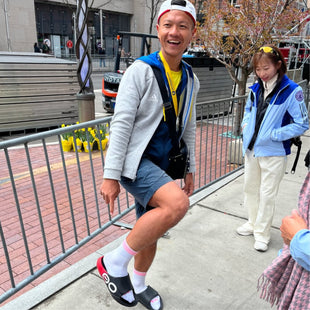Why Foam Rollers Are So Popular For Running Recovery
It would be nice to be able to afford regular massages or the kind of fancy compression sleeves professional and semi-professional runners use to bounce back. But if you don’t have $1,500 to drop on a pair of Normatec recovery boots, a few foam rollers could be a great route to take if your dogs are barking and your quads are in knots.
What are foam rollers?
Foam rollers are used for self-massage and to help you achieve something called myofascial release. Essentially that comes down to getting clenched up muscles to relax and stretch by using your own body weight and the roller to squeeze lymph and lactic acid out of deep tissue, reduce tension, and speed recovery.
Rollers of different sizes and densities work better on different muscle groups. A bigger 5 or 6 inch diameter roller is great for using on your quads, hamstrings, calves, and back. Some also come in stubbier lengths and can be used on the feet, especially the arches. Sticks are much smaller around in diameter and can be used for more intense or targeted rolling.
In addition to length and diameter, rollers also vary in surface texture. A softer, smoother roller will be a gentler experience than a dense, textured roller. You might want to try a few to see what works for you, work your way up slowly, or buy several for different degrees of post-run soreness.
Why do rollers work?
The goal of rolling is to increase flexibility, decrease recovery time, and reduce the severity of delayed onset of muscular soreness (DOMS)-- aka that frustrating feeling when you’re more sore the second day after a run. Supposedly, foam rollers resolve these symptoms because they stimulate blood flow even to deep ligaments, tendons, and connective tissue as well as your surface muscles.
Scientists are still trying to understand what other effects rolling might have to create such profound anecdotal effects. Some studies suggest rolling is more about stimulating the nervous system and pain receptors that communicate soreness to the brain and contribute to how much of the stress hormone cortisol your body releases.
How to get the most out of rolling
Most of the research that has been done on rolling suggests that short bursts on the roller are more effective than longer stretches. Aim to use the roller for about half a minute to a full minute per muscle. You might find the sensation challenging and uncomfortable. As a runner, however, you might be familiar with where your body draws the line between pain-- the kind that precedes or accompanies injury-- and productive discomfort. As long as you pay attention to which one you’re feeling, you should be able to roll with confidence.
If you enjoy traditional static stretches, you can by all means keep those in your routine. However, if the usual post-running stretches weren’t your thing or you found they were more effective as part of a warm-up than a cool-down, rolling can replace stretching for your post-run regimine.







